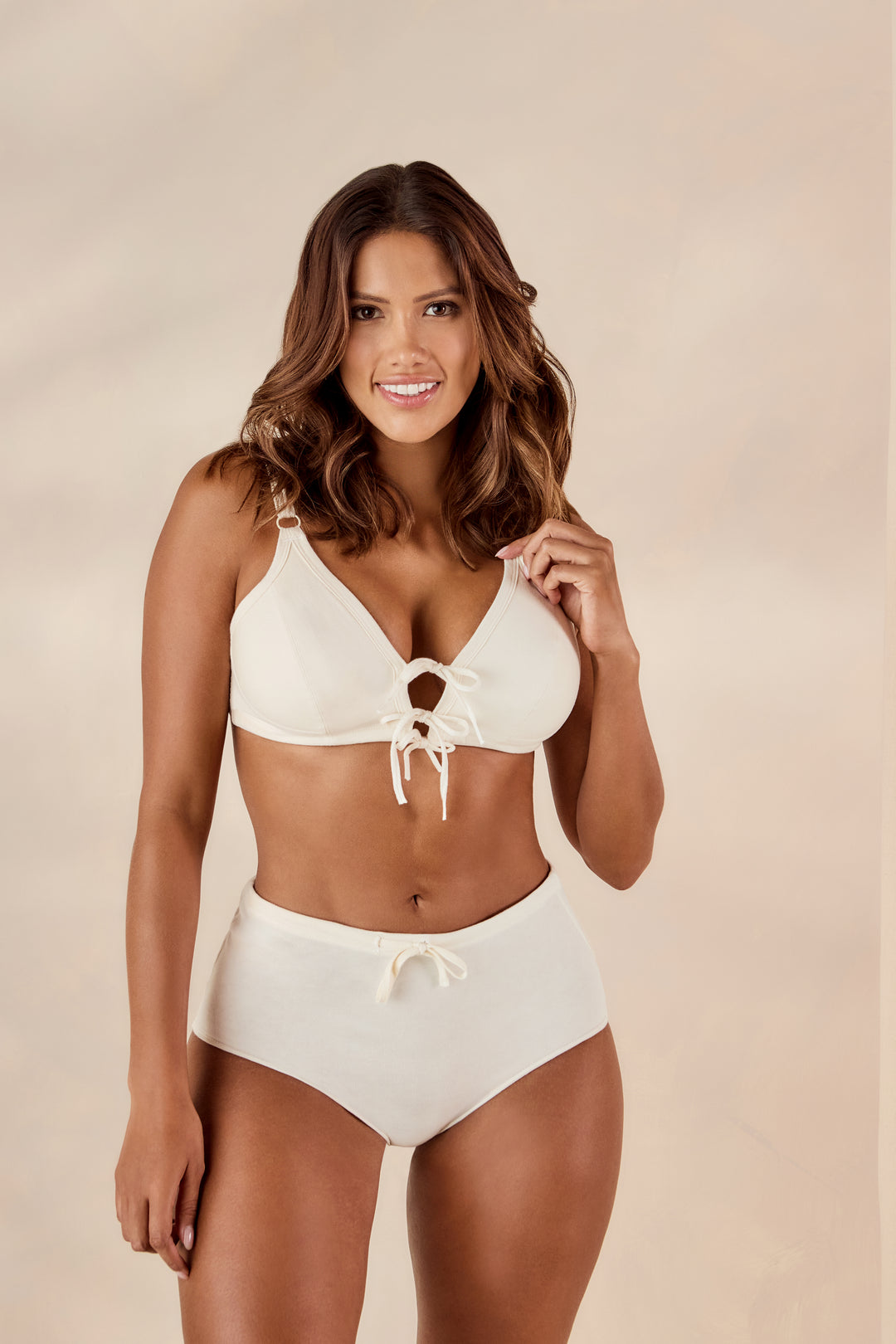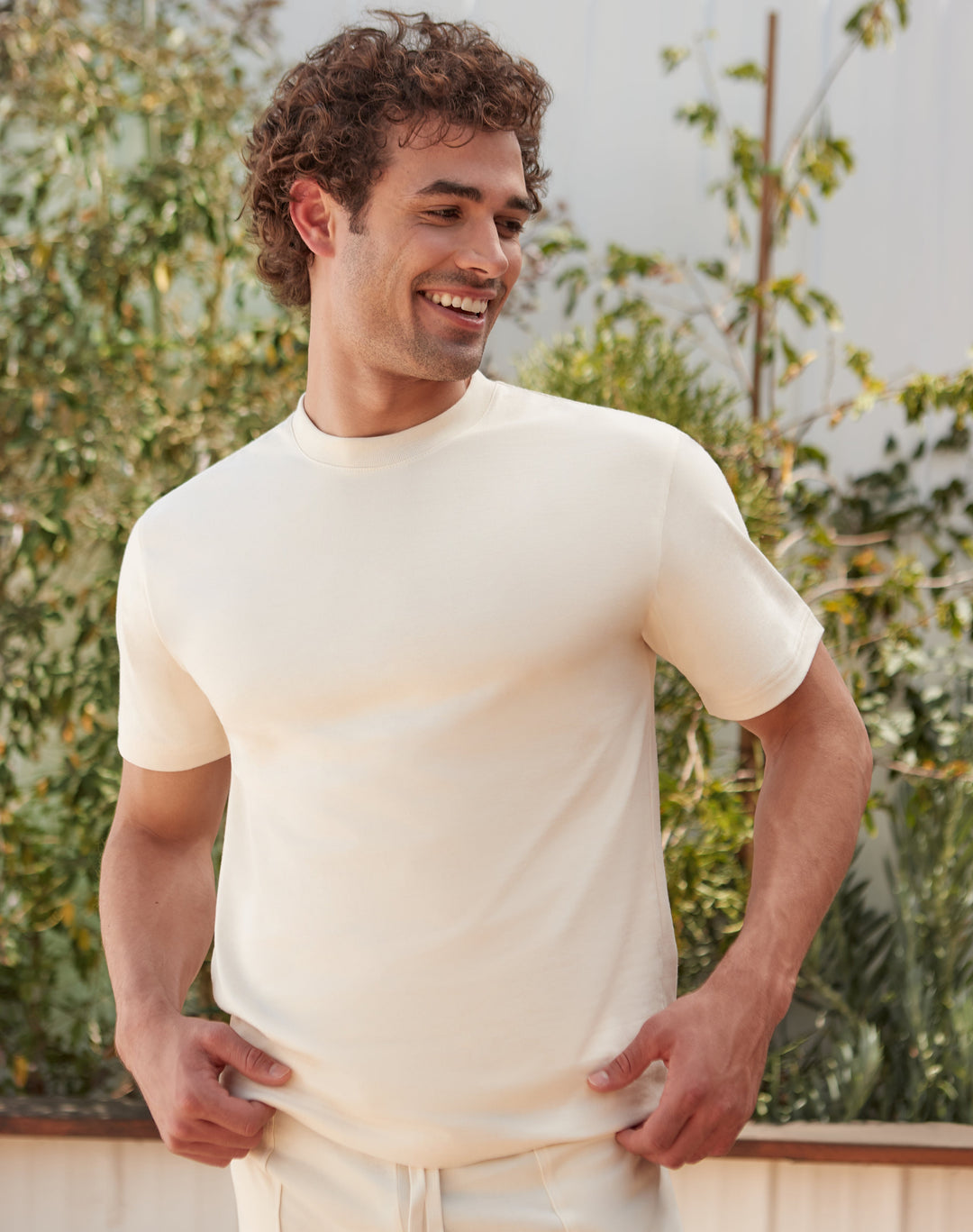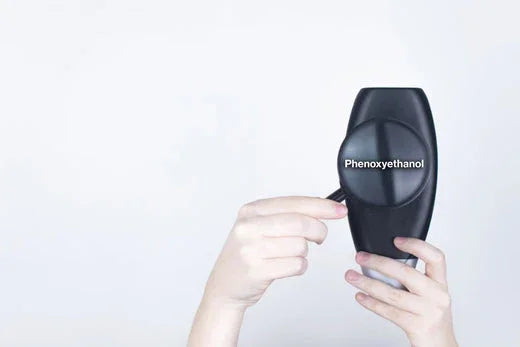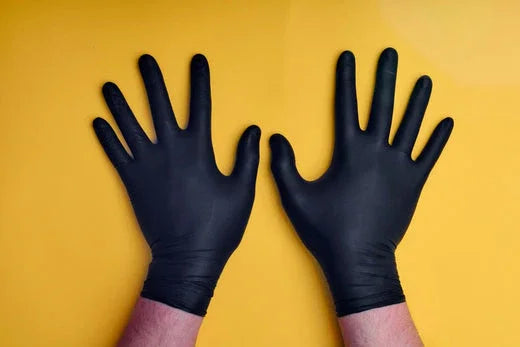3 Effective Ways to Remove Formaldehyde in Clothing
While formaldehyde often plays a big role in the clothing industry by preserving clothes and keeping them free from wrinkles, stains, and static, exposing yourself to fabrics treated with formaldehyde also has its fair share of consequences.
Formaldehyde is a strong-smelling and colorless chemical mostly used in a variety of industries for different purposes, from building materials and household products to permanent-press fabrics and insulation materials.
This chemical can also be found in resins for composite wood products such as particleboard, hardwood plywood, and medium-density fiberboard; household items like paints, lacquers, coating, glues, and permanent press fabrics; pesticides or fertilizers; and in consumer and cosmetic products like fabric softeners and dishwashing liquids as preservatives.
Formaldehyde may also be present in some synthetically-treated clothes. The compound is commonly used to preserve clothing materials, preventing wrinkles, slowing down mildew growth, and increasing stain resistance and colorfastness.
However, despite their many useful uses, the presence of formaldehyde in clothes can be harmful to people with skin conditions and sensitivities. If you're like us who experiences skin irritation and discomfort after exposure to formaldehyde-treated clothes, try these 3 effective ways to remove formaldehyde in clothing.
1. WASH YOUR CLOTHES

Since you have skin allergies and sensitive skin, you should always make sure that anything that is on your skin must be clean and free from potential allergens and irritants. Despite how excited you are to put on and flaunt a new blouse or pants, don't forget to wash them thoroughly before wearing them.
Chemicals like formaldehyde, which pose a wide array of health complications, must always be removed to prevent short-term effects like allergic or irritant reactions to long-term impacts like lung damage and cancer.
Use only a gentle soap that you're comfortable with when washing clothes. Also, lessen, if not completely avoid, the use of fabric conditioner and detergents that contain perfumes and other harsh chemicals to avoid making the situation worse.
At Cottonique, we recommend hand washing clothes rather than using the washing machine. When we wash clothes in the washing machine, there is a chance of build-up in detergent and other chemicals. If we don’t clean them regularly, the supposed build-up of residue will cling to our clothes, unfortunately triggering a skin reaction.
Additionally, you can soak your clothes in baking soda if you have time, or wash your clothes with vinegar for a quick solution.
- Baking soda reduces odor and gently cleans clothes. To do this, pour some baking soda into the warm water, swirl it around gently to mix the ingredients, and submerge your clothes in the mixture for at least 8 hours to remove formaldehyde. Rinse in cold water then air dry.
- White vinegar, as a natural deodorizer, can also help brighten clothes. Add this ingredient to your washing methods to combat formaldehyde.
2. HANG YOUR CLOTHES

After freeing your clothing from dyes and toxic chemicals upon washing, hanging them outside will also help get rid of traces of the substance in the fabric. According to WikiHow, a well-ventilated area, like a clothesline outside, is the best option to hang your clothes up.
"If you don’t have one, you can open up your doors and windows to give your room some ventilation as the formaldehyde leaves your clothing. If you are hanging your clothes inside, set up a fan to blow the chemicals from the clothing outdoors," said WikiHow in an article.
3. ALLOW YOUR CLOTHES TO OFF-GAS FOR 12 HOURS

Like other volatile organic compounds, you can also get rid of formaldehyde from your clothes by leaving them in the fresh air. Formaldehyde is also a VOC that evaporates upon long exposure to air, doing so could help remove the chemicals in your clothes. In the same article, WikiHow also said that airing out clothing would help get rid of the smell.
WHY NOT INVEST IN ORGANIC COTTON CLOTHING?
Although these steps are easy to practice and follow, nothing still beats prevention. If you want to make sure that your clothes are free from harmful chemicals and toxic materials, why not invest in allergy-free clothes made from 100% organic cotton?
As the Authority in Allergy-Free Clothing, we have always informed our customers that wearing the wrong clothing, particularly those made with harmful synthetic materials, can lead to severe skin reactions. Luckily, our allergy-free organic cotton clothing remains safe from allergens, irritants, preservatives, dyes, detergents, fragrances, parabens, and other harmful chemicals.
If you're someone who wants to have a capsule wardrobe that you can depend on while dealing with skin allergies, sensitive skin, or other chemical sensitivities, investing in safe organic cotton clothing is the best way to start. Ease your wardrobe decisions by looking through our collections here.
To know more about the dangers of formaldehyde, read our previous blog: 7 Reasons Why Formaldehyde In Clothing Is Dangerous (And How To Protect Yourself). You may also find informative resources about formaldehyde from the National Cancer Institute, American Cancer Society, and the United States Environmental Protection Agency.
DISCLAIMER: The information presented on Cottonique is not, and will never be, intended to be a substitute for professional medical advice, diagnosis, or treatment. All content materials found on this site, from text, treatments, outcomes, charts, graphics, photographs, and study findings, are created and published for general informational purposes only. It should not, in any way, be construed as a standard of care to be followed by a user of the website.
Thus, readers are encouraged to verify any information obtained from this website with other accurate references and review all information regarding any medical condition or treatment with their physician. As Cottonique strives to help those with allergies live with better days, the hypoallergenic apparel brand encourages everyone to always seek the advice of their physician or other qualified health providers with any questions they may have regarding a medical condition.








